At dawn on June 6, 1944, American and British troops launched Operation Overlord—the invasion of France. It began on the beaches of Normandy and marked a dramatic turning point in World War Two. In the spring of 1944, the state of the conflict for both Nazi Germany and Fascist Italy was increasingly difficult. The Soviet Union’s Red Army advanced from the east on Berlin, the capital of Germany. Italy, meanwhile, was divided in two. Italian and German troops controlled the north, while allied British and American forces controlled the rest of the country, and sought to conquer the top of the peninsula as well. For British and American forces, opening a western front in Nazi-occupied France would enable them to trap their enemies in a vice. In the fall of 1943, US President Franklin D. Roosevelt, Soviet leader Josef Stalin and British Prime Minister Winston Churchill met in Tehran.
The order of the day was to plan an attack on the German army the following spring on France’s Atlantic coast. The leaders singled out Normandy. In the eyes of the enemy, its inhospitable beaches and lack of large ports made the location an unlikely site for an invasion. Leadership of the operation was entrusted to US General Dwight D. Eisenhower. Meanwhile, British general Bernard Montgomery coordinated how boats would drop off troops on the beach. For Operation Overlord, the Allies prepared to use 6,000 boats, 12,000 planes and 5,000 tons of bombs. It promised to be one of the largest battles in history.
To make the Germans think the attack would happen on the straits of Calais, rather than on Normandy’s beaches, the Allies performed a trick operation codenamed Fortitude. The British and Americans installed fake airplanes and fake military structures along the British coast across from Calais. Just after midnight on June 6, 1944, British paratroopers began to land behind enemy lines. The beach landing started at dawn. The battle was bloody and cruel. It quickly proceeded inland from the beach.
Fighting between the two armies continued for weeks. Both sides suffered a massive loss of human lives.
Thanks to superior manpower, military organization and the element of surprise, the British and American troops defeated the German divisions. On June 26, the Allies conquered Cherbourg, and on July 9, they took Caen. Both sites were vital for opening a breach into Germany. June 6, 1944 went down in history as D-Day. The Normandy landings marked a turning point in World War Two. After the success of D-Day, British and American forces set their sights on Berlin.
The order of the day was to plan an attack on the German army the following spring on France’s Atlantic coast. The leaders singled out Normandy. In the eyes of the enemy, its inhospitable beaches and lack of large ports made the location an unlikely site for an invasion. Leadership of the operation was entrusted to US General Dwight D. Eisenhower. Meanwhile, British general Bernard Montgomery coordinated how boats would drop off troops on the beach. For Operation Overlord, the Allies prepared to use 6,000 boats, 12,000 planes and 5,000 tons of bombs. It promised to be one of the largest battles in history.
To make the Germans think the attack would happen on the straits of Calais, rather than on Normandy’s beaches, the Allies performed a trick operation codenamed Fortitude. The British and Americans installed fake airplanes and fake military structures along the British coast across from Calais. Just after midnight on June 6, 1944, British paratroopers began to land behind enemy lines. The beach landing started at dawn. The battle was bloody and cruel. It quickly proceeded inland from the beach.
Fighting between the two armies continued for weeks. Both sides suffered a massive loss of human lives.
Thanks to superior manpower, military organization and the element of surprise, the British and American troops defeated the German divisions. On June 26, the Allies conquered Cherbourg, and on July 9, they took Caen. Both sites were vital for opening a breach into Germany. June 6, 1944 went down in history as D-Day. The Normandy landings marked a turning point in World War Two. After the success of D-Day, British and American forces set their sights on Berlin.
RELATED
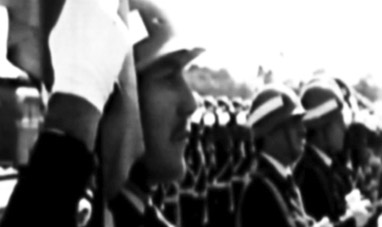

THE ARGENTINE DICTATORSHIP, 1976-1983
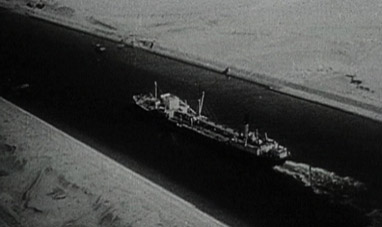

THE SUEZ CRISIS


WESTERN SCHISM, THE
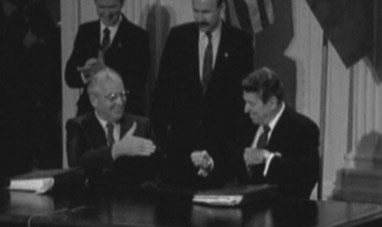

THE COLD WAR
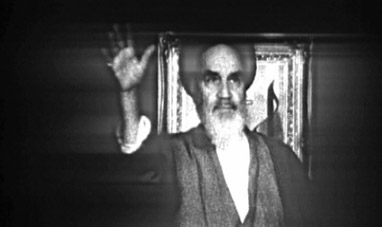

THE IRANIAN REVOLUTION
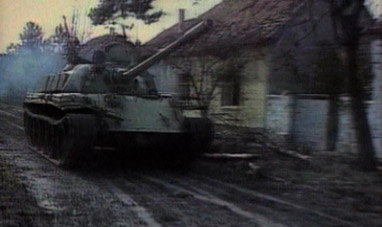

THE BALKAN WARS OF THE 1990S


GREAT SCHISM, THE
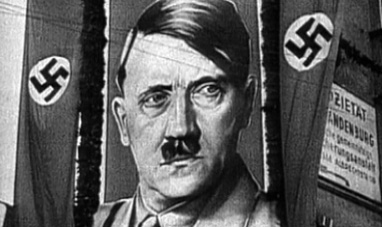

ADOLF HITLER
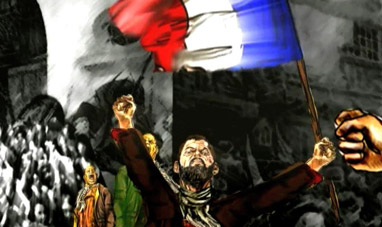

THE FRENCH REVOLUTION


THE TAIWAN ISSUE


THE VAJONT DISASTER
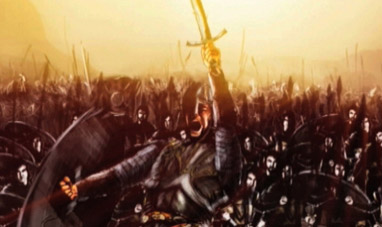

THE BATTLE OF HASTINGS
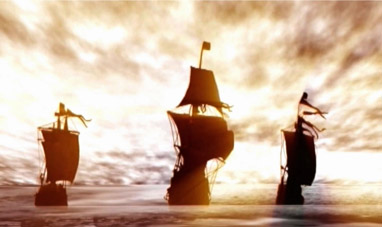

DISCOVERY OF AMERICA, THE


BUILDING THE SUEZ CANAL


THE FIRST MOON LANDING
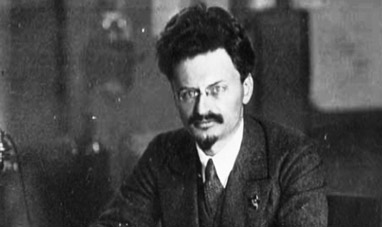

TROTSKY
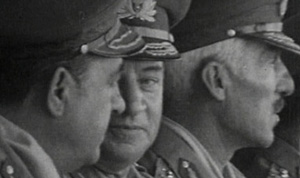

THE GREEK MILITARY COUP
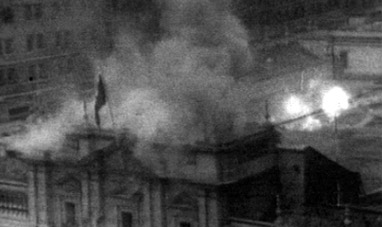

THE 1973 CHILEAN COUP
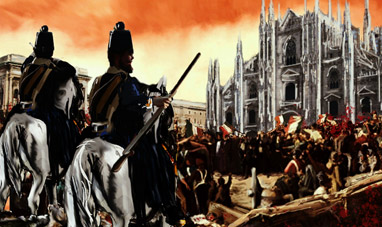

FIVE DAYS OF MILAN
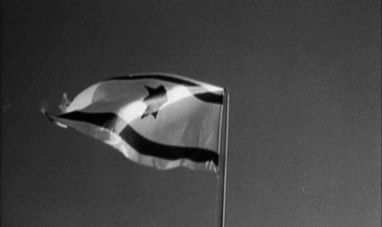

THE BIRTH OF ISRAEL


THE 2001 ARGENTINE ECONOMIC CRISIS
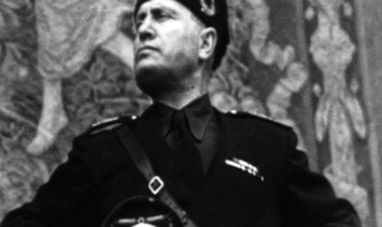

BENITO MUSSOLINI


THE FIRST CHINESE EMPEROR AND THE QIN DYNASTY


SECOND ITALIAN WAR OF INDEPENDENCE
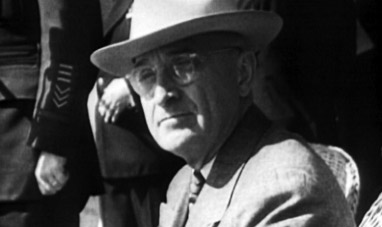

HARRY TRUMAN
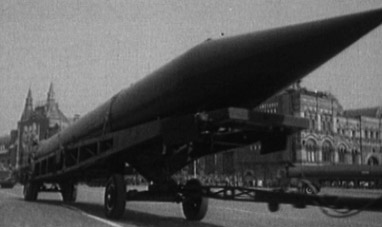

THE CUBAN MISSILE CRISIS


WERNHER VON BRAUN


TANGENTOPOLI
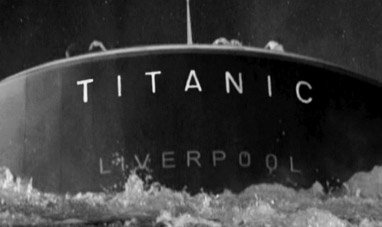

THE SINKING OF THE TITANIC


1968
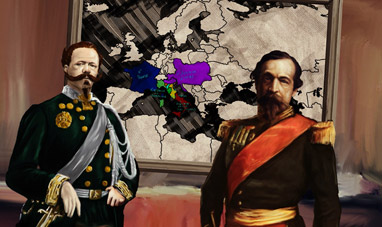

PLOMBIÈRES AGREEMENTS


THE PRAGUE SPRING
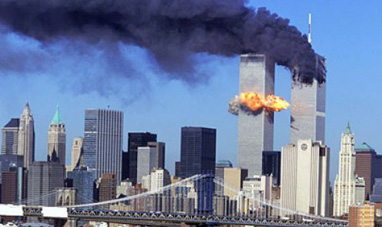

SEPTEMBER 11, 2001
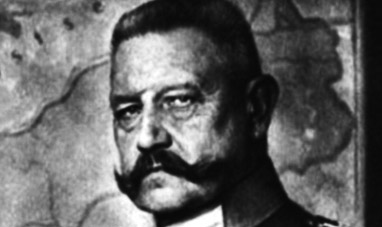

PAUL VON HINDENBURG


THE KOSOVO WAR
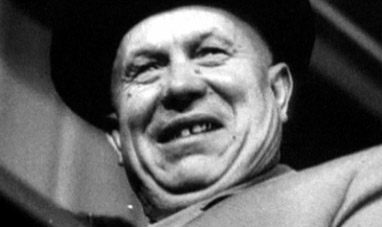

NIKITA KHRUSHCHEV
